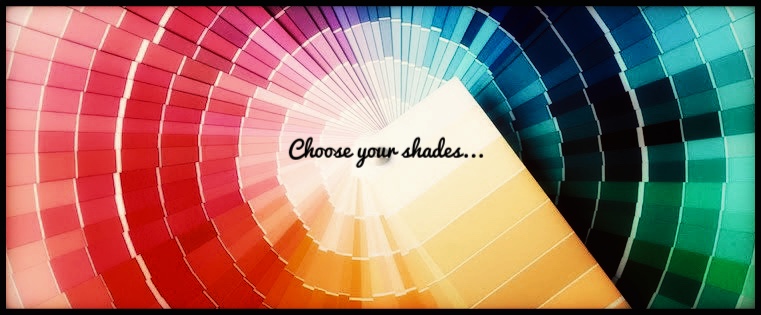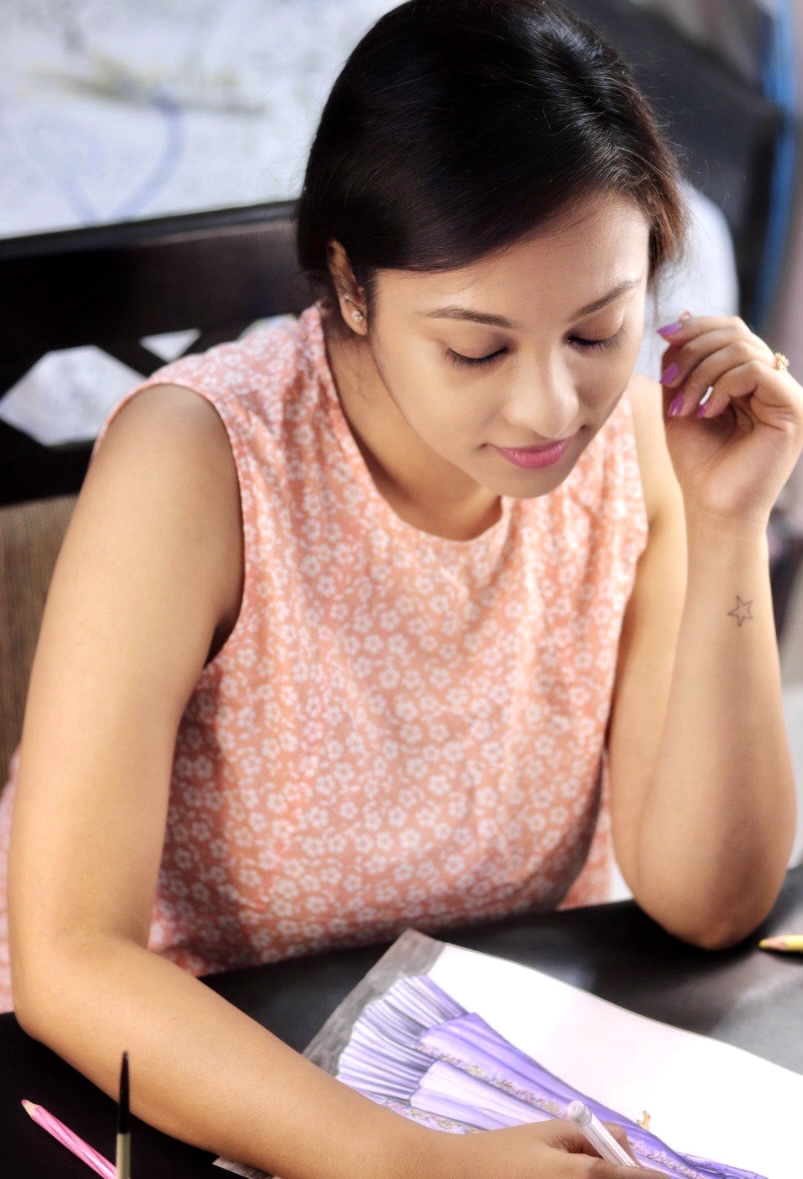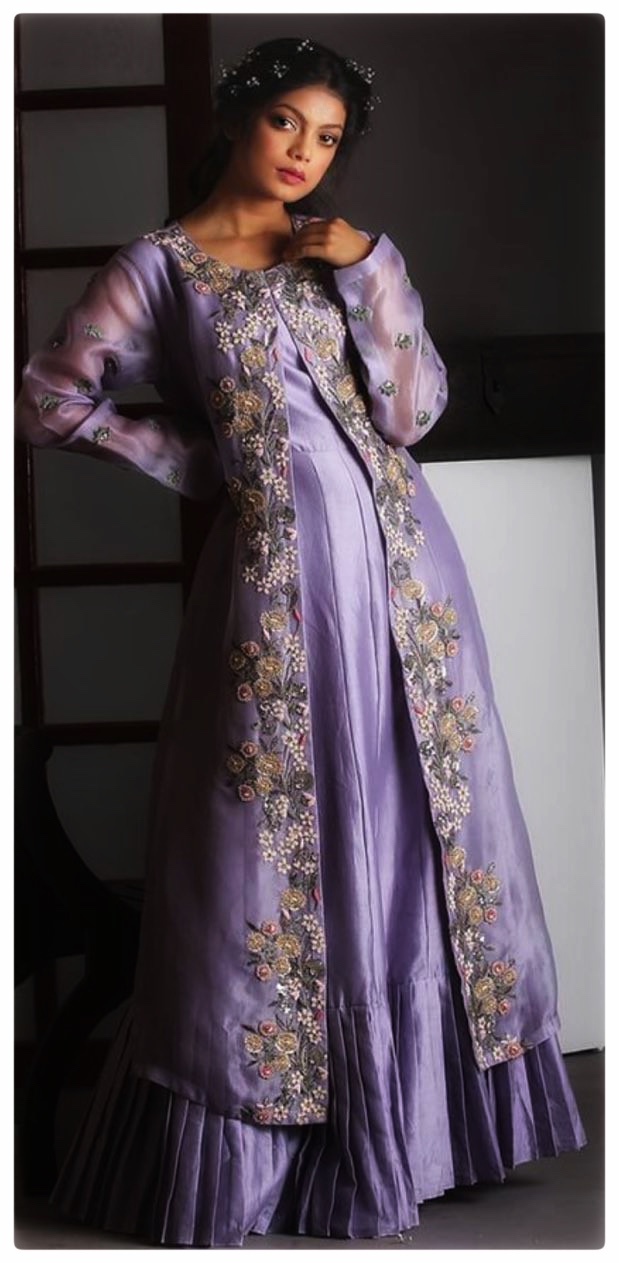The fashion design process is quite interesting if you understand the method. In this article, I am sharing my knowledge of fashion design: concept to collection. If you have a good sense of designing or want to start a new fashion venture, try this step-by-step process. Fashion designers have different sections of work like designing, pattern making, packaging, merchandising, etc. Still, this is the basic part that every designer has to follow first.
Fashion Design: Concept:
The first step of designing is your idea, and where you get inspired from. After that, you create mood boards, storyboards, flat sheets, and development sheets. (I have mentioned these points in my other article). Here, In short! The design concept is mandatory to create your wardrobe collection. I am giving an example from my collection Spring Summer-2019 Ethnic Wear.
My Concept Design:
Modern flair meets classy grace in this elegant soft lavender chanderi silk fabric. Dress up bright and breezy every day in bong divas’ effortlessly feminine ensemble with fresh and intricate details. I was inspired by the freshness of nature, the divine, and the power of the feminine.
Season:
The next step is what season you are choosing? You have to develop your attire according to the mood. Most of the designers choose Spring-Summer and Autumn-Winter. My mentioned design is from Spring-Summer 2019.
Color Pallet:
In this design, I have selected pastel hues like lavender, pale pink, soft peach, pistachio green and macaroon yellow, ice blue. Later, I constructed this design as per the client’s requirements.

Design Classification:
What type of design you are thinking about? You have to be clear about your line of design (range). Here, I styled this Indo-fusion ethnic wear kurta & long inner in Chanderi Fabric. I have used floral intricate detail embroidery to embellish my design.
Fashion Illustration:
My favorite part of fashion design is illustration art. What I imagine I can depict on a piece of paper. There is numerous software for illustration, you can try Adobe Illustration or Procreate. However, It’s not mandatory to become a professional artist. But, If you have basic senses you can create your vision in a raw sketch. I have shown this outfit in a detailed drawing, if you want to see it check out my YouTube channel.
Design Categories:
Kidswear, womenswear, men’s wear, plus size, and uni-sex are the basic design categories. Every designer has a way of styling, choose your niche for perfect categories. My lavender design is from the womenswear ethnic fusion collection.

Fabric Classification & Flat Sketch:
Is your material skin-friendly and comfortable according to the season? The vital part you have to understand. Choose the proper apparel for your design collection. The flat sketch is the technical drawing of your dress as if it were laid flat to show the detailed designs. This helps to explain seams and stitching to your tailor.
Target Customers & Price Range:
Whom you are designing for? Mark your clientele. Choose your target customers so that you can develop your signature. Another vital section is what price range you are selling your garments? For example, I sold this piece for approx 22k INR. Everything depends on what quality you are maintaining and how you serve your clients. Business ethics are important to set your price range.
Cost sheet:
Do fair business, so that you can make your cost sheet easier. Your price range varies in this aspect- raw materials cost, tailoring charges, hand craftsmanship charges, packing, promotions, Miscellaneous, shipments, etc. Try to keep your journal up to date, so that your business runs smoothly. Remember cost price (CP) and selling price(SP) should be in a fair balance position. However, don’t charge the bomb it will harm your reputation.
Pattern Making & Stitching:
One of the important parts of designing is pattern making. The drafting is essential to creating the final output. The basic master copy is mandatory for repeat orders of the same size. If you have stitching knowledge you can sew or get done with a tailor.

Collection: Final Output:
If you visualize something stunning and the final output looks the same, what do you need more? Fashion design is not an easy process, it takes hours of hard work. Every fashion designer dreams to create a unique wardrobe that people love to wear. Therefore, I just try to improve my task to impress my buyers.

Packaging and Labelling:
How you represent your product shows your signature style. Packaging in a unique style looks classy. Try to choose environmental-friendly paper bags, and boxes for packaging your outfits. Packaging can be characterized as a coordinated procedure for readying goods for transportation, warehouse, logistics, and sales. Labeling is essential to establish your signature. Every fashion designer dreams to create an impression to endorse their wardrobe. If you want to solidify your brand firstly create your label.

Promotion:
The process of marketing your new products featured items and services to your clients. If your promotion strategy is sound you attract more customers which helps your business grow. You can promote your stuff with old technics or through social media. In today’s market, online promotions are trending on Insta, FB, YouTube, and Pinterest, which are the best platform to explore. Just focus on your target audience to crack the best deal. The six types of promotion: are self-promotion, sales promotion, advertising, online promotion, and public relation.
Merchandise:
Merchandise is the commodity or goods that are brought and sold in the business. Therefore, it’s necessary to track your designs and choose your types. Producing your goods and properly selling them gives fair profit to your business. The types of merchandise: Product merchandising, Retail merchandising, Visual merchandising, Digital merchandising, and Omnichannel merchandising.
Product Acceptance:
How do your clients accept your design? Approval that a manufactured item meets expected specifications or precepts and is useful for its goal. It helps you to plan and estimate your wardrobe accurately. Acceptance is important for any kind of business. To focus your designs and production understand the market mood of buying. Eventually, you can get good rapport building with your customers then.
In this article, bongdiva.com indicated to cover all the steps in Fashion Design: concept to collection. I hope those who plan to launch a new fashion startup follow this strategy of work. It’s a simple initial guideline that will support your appeal business.

